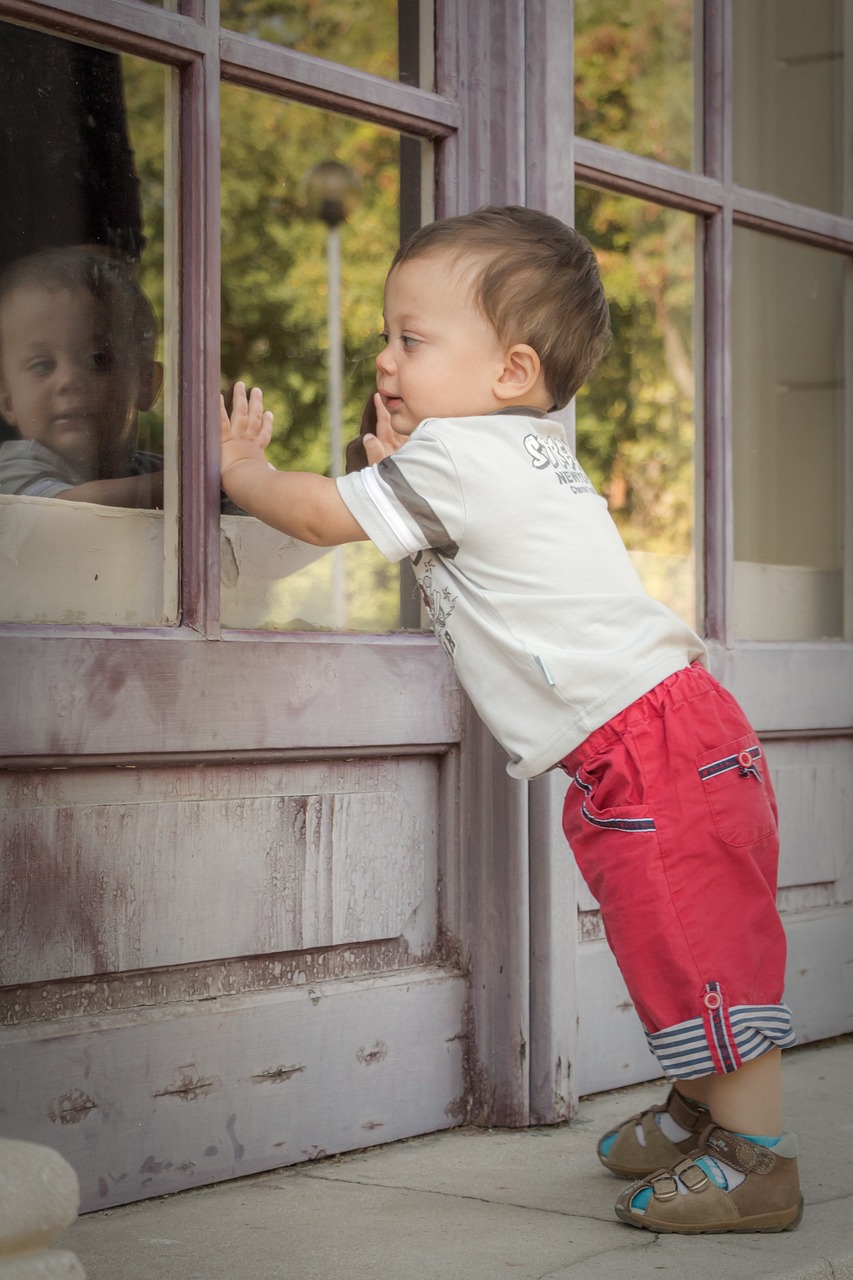The pre-worn (or second-hand) clothes industry has been gaining significant momentum over the past few years, transforming from a niche market into a mainstream retail phenomenon.
With projections indicating that it will grow eight times faster than the traditional retail sector, this industry represents a transformative shift in consumer behaviour, retail dynamics, and sustainability practices. We’ve been looking into the multifaceted reasons behind this rapid growth and why the pre-worn clothes industry is an industry to watch.

Historical Context and Evolution
Historically, second-hand clothing was primarily associated with thrift stores, charity shops, and flea markets, catering to budget-conscious consumers or those seeking vintage finds. However, the advent of digital platforms has revolutionized this sector, making pre-worn clothes accessible to a broader audience.
Online marketplaces, social media platforms, and specialized apps have facilitated the buying, selling, and trading of second-hand clothing, turning it into a vibrant and dynamic industry.

Drivers of Growth
Several key factors contribute to the accelerated growth of the pre-worn clothes industry, distinguishing it from traditional retail.
1. Environmental Awareness and Sustainability
One of the most compelling reasons for the surge in pre-worn clothing’s popularity is the growing consumer awareness of environmental issues and the fashion industry’s significant environmental footprint. Fast fashion, in particular, has come under scrutiny for its unsustainable practices, including overproduction, excessive water consumption, and pollution. In contrast, buying second-hand clothing significantly reduces waste and the demand for new garments, thereby lessening environmental impact. Consumers are increasingly prioritizing sustainability in their purchasing decisions, leading to a shift away from fast fashion and towards more eco-friendly alternatives.
2. Economic Benefits
Economic factors also play a crucial role in the pre-worn clothes industry’s growth. Second-hand clothing often offers considerable savings compared to buying new, allowing consumers to stretch their budgets further. This economic incentive is particularly appealing in times of financial uncertainty or downturns, making the second-hand market resilient to economic fluctuations that might adversely affect traditional retail.
3. Changing Consumer Attitudes
The stigma once associated with second-hand clothing has diminished, thanks in part to cultural shifts and the influence of social media. Celebrities and influencers promoting sustainability and showcasing their thrift finds have helped change perceptions. Moreover, younger generations, especially Millennials and Gen Z, value uniqueness and authenticity in their fashion choices, which pre-worn clothes can provide. This demographic is also more likely to prioritize sustainability and ethical considerations in their purchases, further fueling the industry’s growth.
4. Technological Advancements
Technology has significantly lowered the barriers to entry for selling and purchasing pre-worn clothes. Online platforms and apps offer user-friendly interfaces, secure payment systems, and community features that enhance the shopping experience. These advancements have made the process of finding, buying, and selling second-hand clothes more convenient and accessible than ever before.
5. Circular Economy and Business Innovation
The pre-worn clothes industry is a key component of the broader move towards a circular economy, where products are reused, recycled, and kept in circulation for as long as possible. Many startups and established companies alike are exploring innovative business models, such as rental services, subscription boxes for second-hand clothes, and peer-to-peer exchange platforms. These models not only cater to the demand for sustainable fashion but also open up new revenue streams and opportunities for growth.

Challenges and Opportunities
Despite its rapid growth, the pre-worn clothes industry faces challenges, including quality control, standardization, and the logistics of sorting and processing items. However, these challenges also present opportunities for innovation, such as developing better quality assessment tools, creating more efficient distribution networks, and enhancing customer trust through transparency and authentication processes.
Our Final Thoughts
The pre-worn clothes industry’s anticipated growth at a rate eight times faster than traditional retail is a testament to changing consumer values, technological advancements, and a collective move towards sustainability. As this industry continues to evolve, it offers significant opportunities for businesses, consumers, and the environment.
By embracing circular economy principles and leveraging technology, the pre-worn clothes industry is not just an industry to watch but also a model for the future of sustainable fashion.
